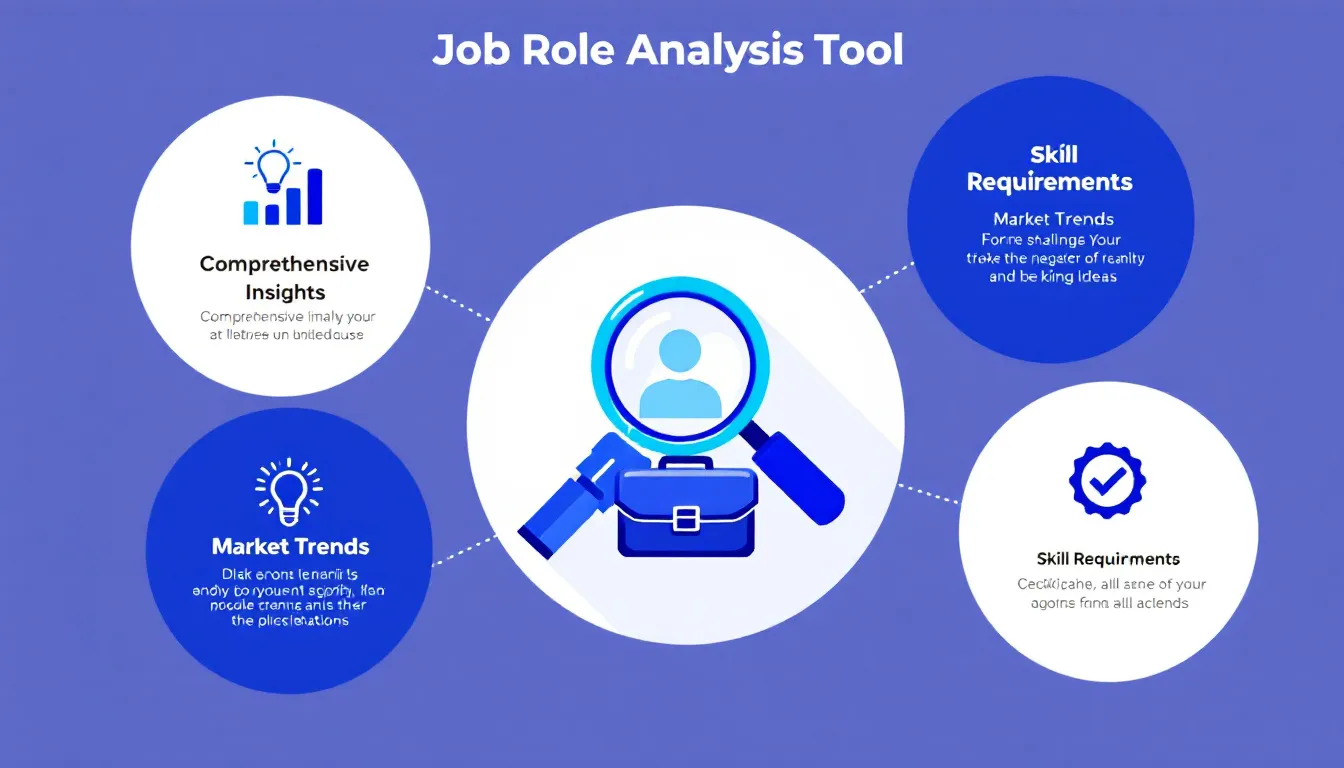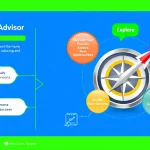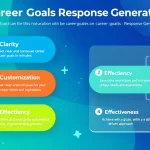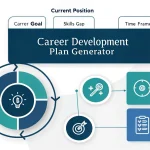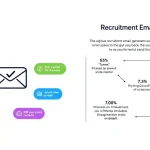Job Role Analysis
Is this tool helpful?
How to Use the Recruitment Specialist Tool Effectively
The Recruitment Specialist Tool helps you gain deep insights into specific job roles, making recruitment and career planning easier. Follow these steps to use the tool efficiently:
- Enter the Job Role: Type the exact job title you want to analyze. For example, try “Product Manager” or “Cybersecurity Analyst”.
- Specify the Industry (Optional): Narrow your analysis by entering an industry. For instance, you could input “Renewable Energy” or “E-commerce”.
- Provide Geographic Location (Optional): Get location-specific insights by adding a region. Examples include “Southeast Asia” or “Greater London Area”.
- Click “Analyze Job Role”: Submit the form to receive a detailed report covering job responsibilities, required skills, qualifications, and current market trends.
- Review the Results: Examine the breakdown to understand the role fully and spot opportunities or gaps.
- Copy Results (Optional): Use the “Copy to Clipboard” function to save or share the insights conveniently.
About the Recruitment Specialist Tool: Definition, Purpose, and Benefits
Definition and Purpose
This AI-powered tool gathers and analyzes extensive data on various job roles across industries and geographies. It delivers concise, actionable insights into job duties, essential skills, qualifications, and market trends. Whether you’re a job seeker planning your career path or an employer refining recruitment strategies, the tool provides valuable, up-to-date information.
Key Benefits
- Save time: Quickly access a consolidated report instead of searching through multiple sources.
- Data-driven insights: Get objective, current information backed by large-scale data analysis.
- Market awareness: Understand demand, salary ranges, and emerging industry trends.
- Career planning: Identify required skills and qualifications to plan your development effectively.
- Effective hiring: Craft precise job descriptions, set competitive salaries, and identify key skills.
Practical Uses of the Recruitment Specialist Tool
For Job Seekers
Use the tool to plan your career with clarity. Here’s how it helps:
- Identify skill gaps: Discover skills employers require that you may need to develop.
- Set salary expectations: Learn current compensation benchmarks for your target role.
- Plan career growth: Compare roles from entry-level to senior positions to map your progression.
- Stay current with industry trends: Understand which skills or responsibilities are gaining importance.
For Employers and Recruiters
Leverage the tool to improve hiring accuracy and efficiency:
- Create accurate job descriptions: Reflect actual role requirements and industry standards.
- Offer competitive packages: Benchmark salaries and benefits to attract quality candidates.
- Focus recruitment efforts: Prioritize critical skills for targeted candidate screening.
- Understand talent availability: Assess market supply and possible recruitment challenges.
Real-World Examples Using the Recruitment Specialist Tool
Example 1: Professional Upskilling
Jessica works as a “Digital Marketing Specialist” and wants to move into data analytics. She enters:
- Job Role: Data Analyst
- Industry: Retail
- Geographic Location: Australia
The tool highlights skills like SQL, Excel modeling, and data visualization, plus a certification recommendation. Jessica uses this to create a targeted learning plan and adjust her resume.
Example 2: Startup Recruitment Strategy
Michael’s fintech startup needs a “Blockchain Developer.” He inputs:
- Job Role: Blockchain Developer
- Industry: Financial Technology
- Geographic Location: Germany
The tool returns critical skills such as Solidity, cryptography knowledge, and experience with smart contracts. Michael uses this insight to narrow job descriptions, prioritize candidates, and set salary offers aligned with market benchmarks.
Best Practices for Maximizing Tool Benefits
- Analyze regularly: Job markets shift rapidly; frequent checks reveal new trends.
- Compare roles: Evaluate similar positions across industries or regions for a broad perspective.
- Create personal skill maps: Track required competencies to guide your learning journey.
- Develop compensation benchmarks: Use insights to set fair and competitive salary ranges.
- Track emerging trends: Stay ahead by monitoring new skills and responsibilities gaining importance.
Understanding the Data Sources Behind the Tool’s Insights
- Job posting data aggregation: Millions of job listings help identify consistent role requirements and trends.
- Comprehensive salary datasets: Public and private salary surveys inform competitive compensation analysis.
- Industry reports and market analysis: Contextualize data with reputable sources for accurate market understanding.
- Machine learning processing: AI detects patterns and correlations across vast datasets to generate insights.
Frequently Asked Questions About the Recruitment Specialist Tool
1. How often is the job market data updated?
The tool refreshes its data weekly to maintain current and relevant insights on evolving job markets.
2. Can I analyze niche or emerging job roles?
Yes, the tool covers a wide variety of professions, including specialized or emerging fields, though highly specialized roles may require additional research for depth.
3. How does the tool handle regional job market differences?
It incorporates regional data when available, highlighting local salary variations, talent pools, and market trends.
4. Does the tool predict future job trends?
The tool identifies emerging patterns but presents these as indicators rather than firm predictions.
5. Is the tool useful for businesses of all sizes?
Yes, small startups and large corporations both benefit from its insights, whether refining recruitment or benchmarking compensation.
6. How does the tool account for soft skills in its analysis?
Alongside technical skills, it identifies soft skills mentioned in job descriptions, giving a more complete view of candidate expectations.
7. Can I save or export the analysis results?
You can easily copy the analysis text to your clipboard for saving or sharing in documents or spreadsheets.
Conclusion: Make Smarter Recruitment and Career Decisions
The Recruitment Specialist Tool equips you with detailed, data-backed insights that streamline recruitment and career planning. By understanding precise job requirements, skill demands, and market trends, you can make well-informed decisions quickly—whether you are hiring the right talent or navigating your next career move.
Keeping your knowledge updated with this tool helps you stay competitive and aligned with the ever-changing job market landscape.
Important Disclaimer
The calculations, results, and content provided by our tools are not guaranteed to be accurate, complete, or reliable. Users are responsible for verifying and interpreting the results. Our content and tools may contain errors, biases, or inconsistencies. Do not enter personal data, sensitive information, or personally identifiable information in our web forms or tools. Such data entry violates our terms of service and may result in unauthorized disclosure to third parties. We reserve the right to save inputs and outputs from our tools for the purposes of error debugging, bias identification, and performance improvement. External companies providing AI models used in our tools may also save and process data in accordance with their own policies. By using our tools, you consent to this data collection and processing. We reserve the right to limit the usage of our tools based on current usability factors.
